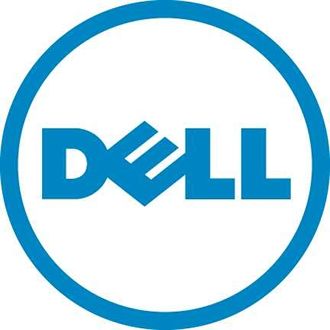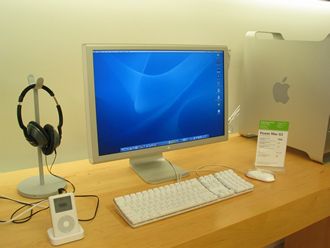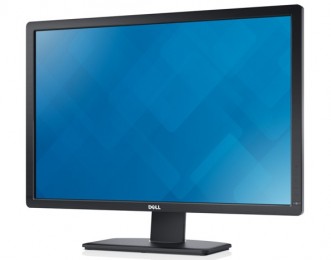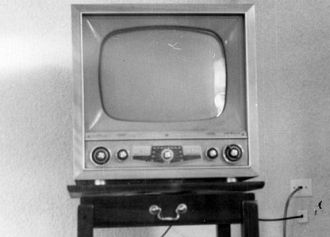 The stagnating and eventually declining demand for the traditional PC desktop has had an inevitable knock-on effect in the monitor industry, with the latest report from analyst house IDC lowering its Q4 2012 estimate from 37.9 million to 36.3 million units.
The stagnating and eventually declining demand for the traditional PC desktop has had an inevitable knock-on effect in the monitor industry, with the latest report from analyst house IDC lowering its Q4 2012 estimate from 37.9 million to 36.3 million units.
IDC also lowered total shipment forecasts for 2013 from 142.8 million to 140.1 million units, or a six percent yearly decline. The grim forecast will not be getting any better, with expectations that by 2017 shipments will drop to 122.2 million units.
As with the desktop itself, the booming mobile computing trend is essentially killing off demand for the monitor. IDC pointed to “consumer confusion” about Windows 8 paired with the wider economic situation as pretty solid reasons why people aren’t buying, which means decreased demand going into 2013.
Average selling prices, too, are likely to decline by as much as 1.5 percent per year going through to 2017. Those that are interested in buying will be glad to hear that overcrowded competition will mean companies lowering prices as they try to win custom. Price per inch could decline from $8.35 in 2012 to $7.46 in 2017, which should continue because of what IDC calls the natural migration of users to larger screen sizes. In 2012, the mean screen size was 20.4″, but this should grow to 21.4″ by 2017.
Vendors can boost their margins by looking towards innovation and building consumer value with lower cost monitors. IDC cites Samsung’s PLS technology as an attractive way to seduce custom.
IDC’s senior research analyst, Linn Huang, said that failure to drive innovation in the market will “likely result in the long-term tradeoff of profit margin for volume retention”.
Of the vendors still in the game, Samsung is ahead with 15 percent of the market share. Dell followed with 12.7 percent, and HP, Lenovo, and LG had 10.8 percent, 9.7 percent and 9.6 percent, respectively.
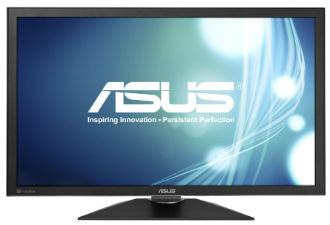 As people rush to set up home offices, sales of monitors have nearly doubled.
As people rush to set up home offices, sales of monitors have nearly doubled.